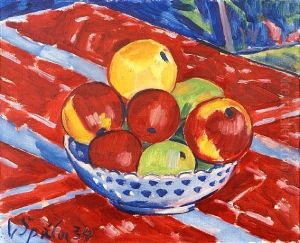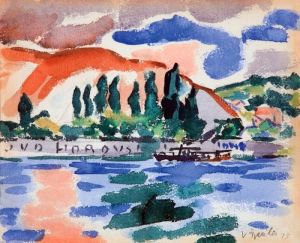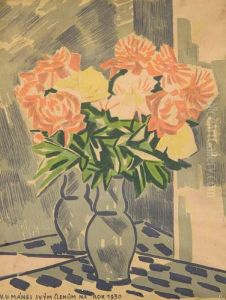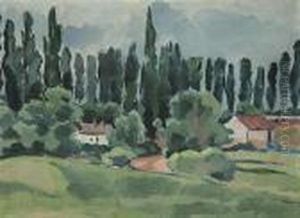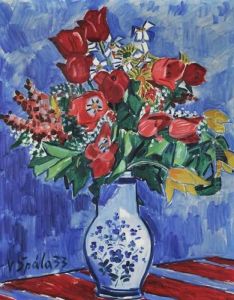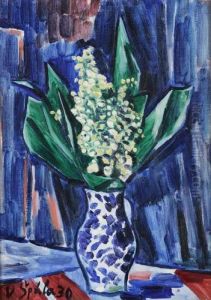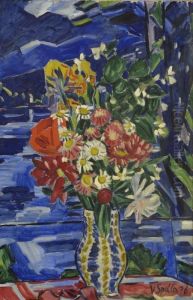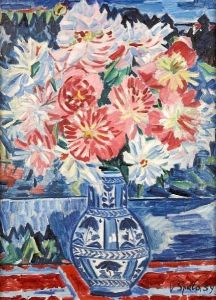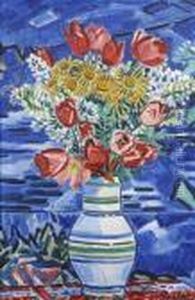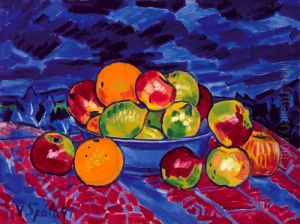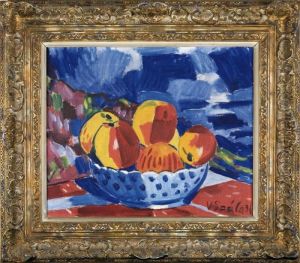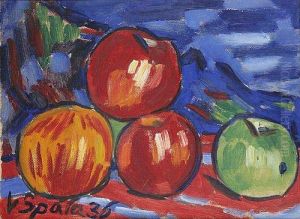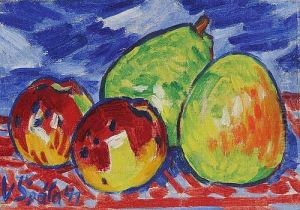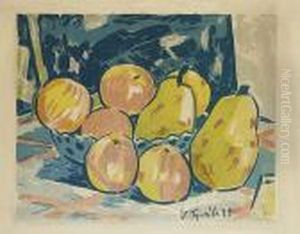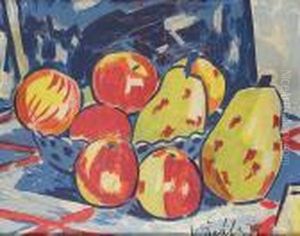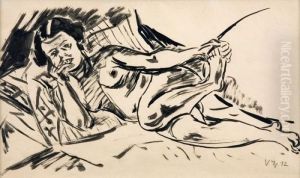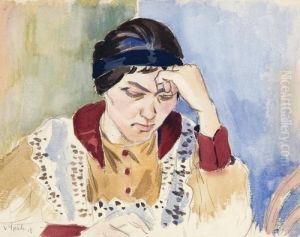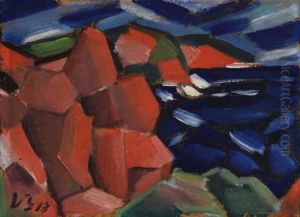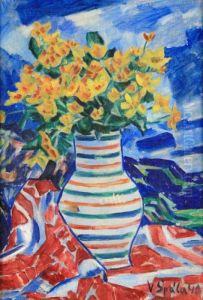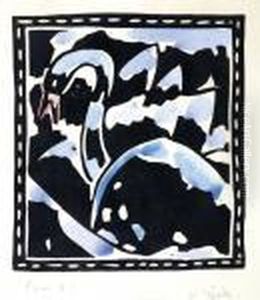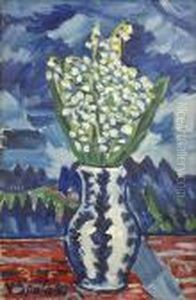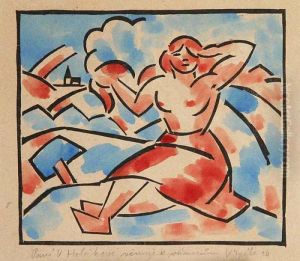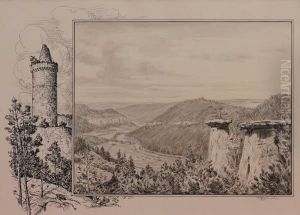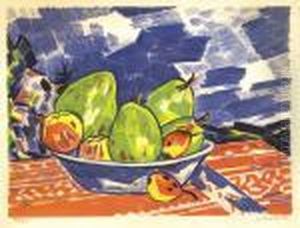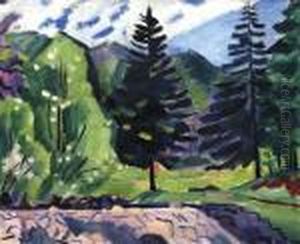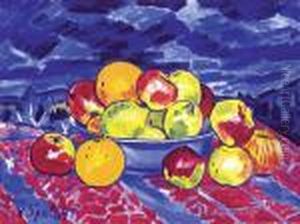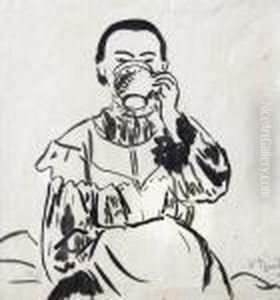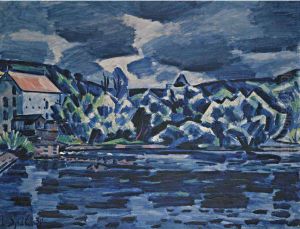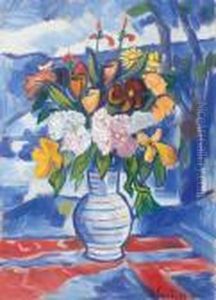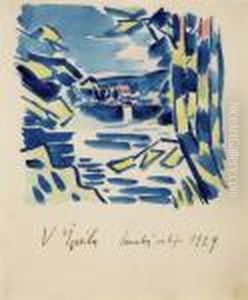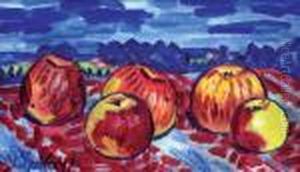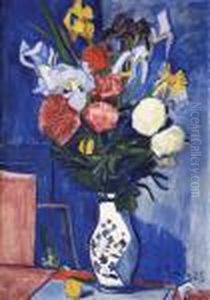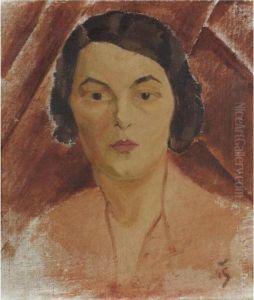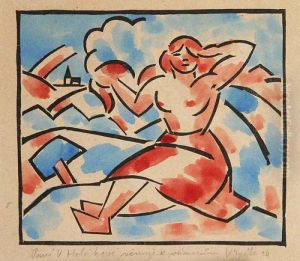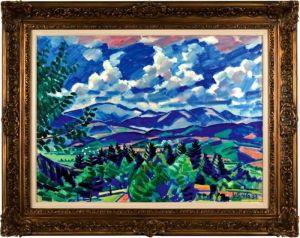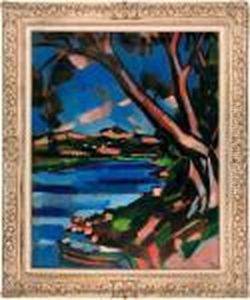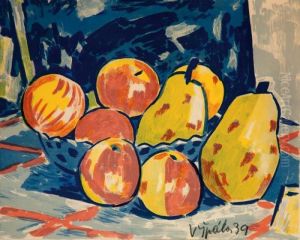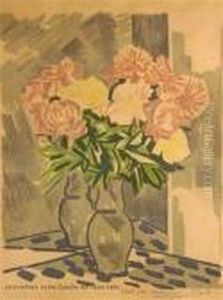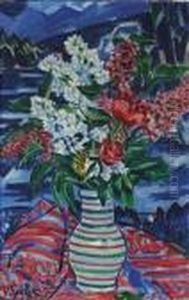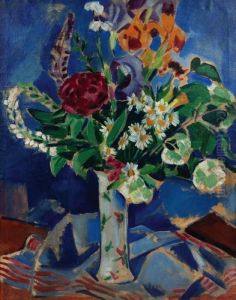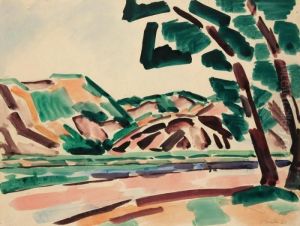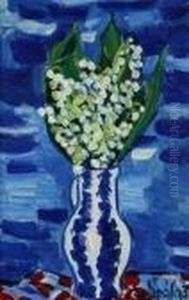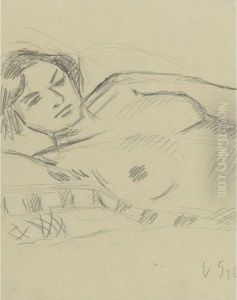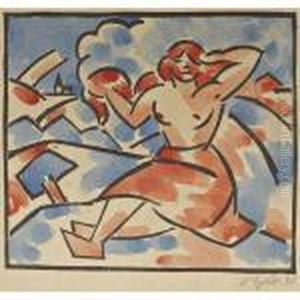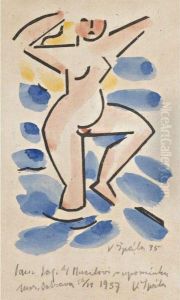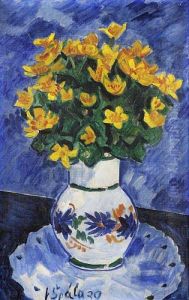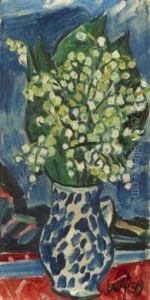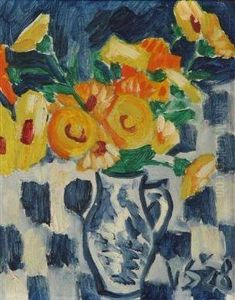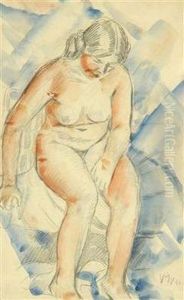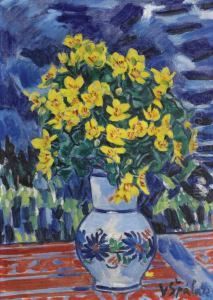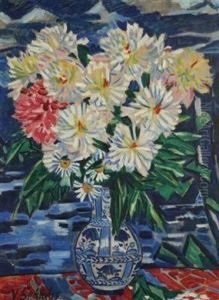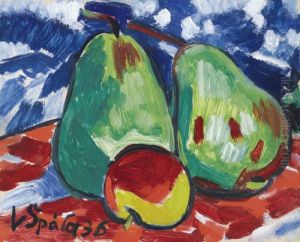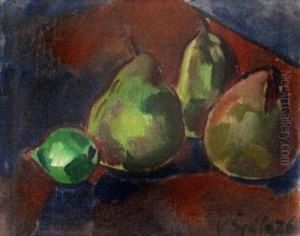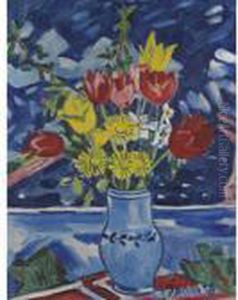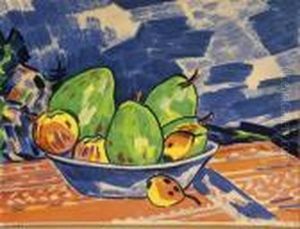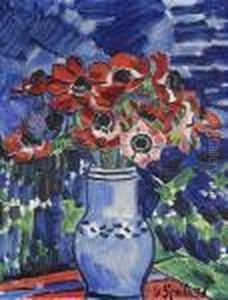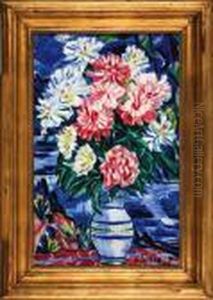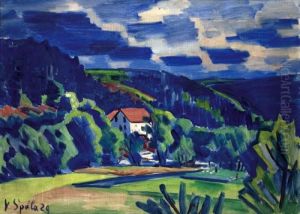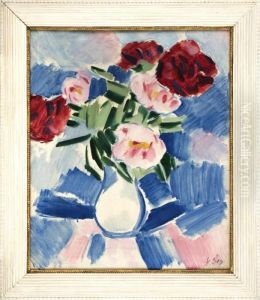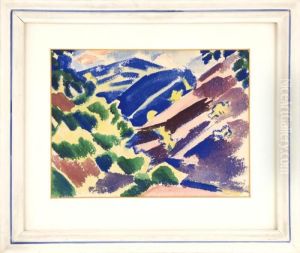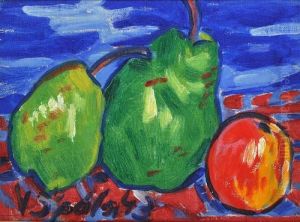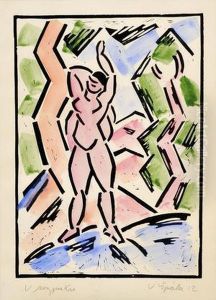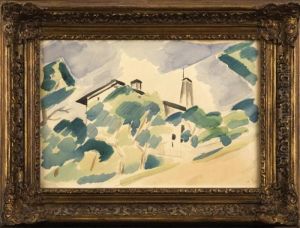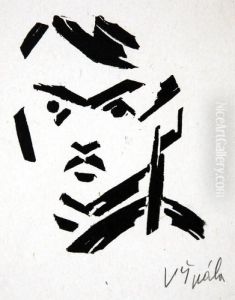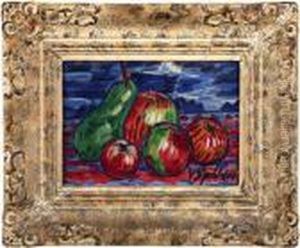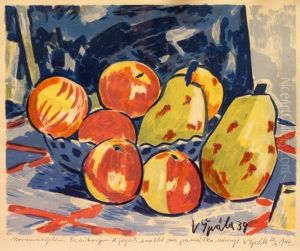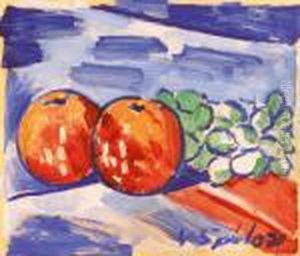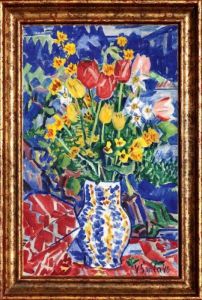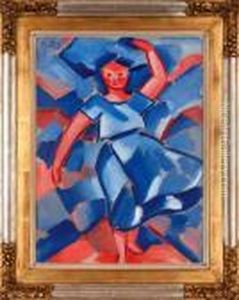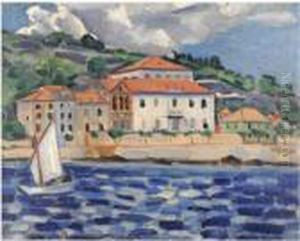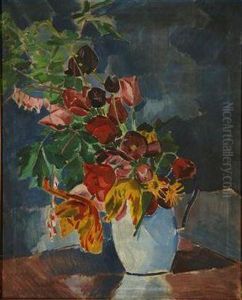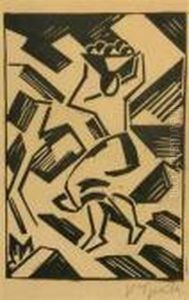Vaclav Spala Paintings
Vaclav Spala was a Czech painter, an important figure in the early 20th-century European art scene, particularly in his native Czechoslovakia. Born in the small town of Zlunice, Bohemia, then part of the Austro-Hungarian Empire, on August 24, 1885, Spala showed an early interest in art and eventually moved to Prague to pursue his passion.
In Prague, he studied at the Academy of Fine Arts under the tutelage of professors such as Vlaho Bukovac and Max Pirner. Despite the academic training, Spala was greatly influenced by the avant-garde movements of the time, including Fauvism and Cubism. His early work was characterized by bright, bold colors and a tendency towards simplification and abstraction, which was somewhat at odds with the prevailing decorative styles of the time in Prague.
Spala's artistic career was marked by his association with the Czech modernist group 'Osma' (The Eight), which he co-founded in 1907. The group was known for its advocacy of modern art and for breaking away from traditional academic painting. 'Osma' had a significant impact on the Czech art scene, promoting the acceptance of modern art styles such as Impressionism, Fauvism, and later Cubism.
Throughout his career, Spala continued to develop his style, integrating elements of Cubism and later returning to a more realistic approach. His subjects varied widely, including landscapes, cityscapes, still lifes, and portraits. He was particularly known for his vibrant landscapes of Czech countryside, which combined elements of modernist styles with a deep appreciation for the natural world.
Spala's contributions to the art world extended beyond his paintings. He was actively involved in promoting art education and was a member of several art societies. He also participated in numerous exhibitions both in Czechoslovakia and abroad, helping to raise the profile of Czech art internationally.
During World War II, Spala's work and legacy faced challenges under the Nazi occupation, which sought to suppress avant-garde and modernist movements. However, after the war, his reputation was restored, and he is remembered today as one of the key figures in Czech modern art.
Vaclav Spala passed away on March 3, 1946, in Prague. His work continues to be celebrated for its innovative approach and contribution to the development of modern art in Central Europe. He left behind a rich legacy that influenced generations of Czech artists and continues to be studied and admired to this day.
